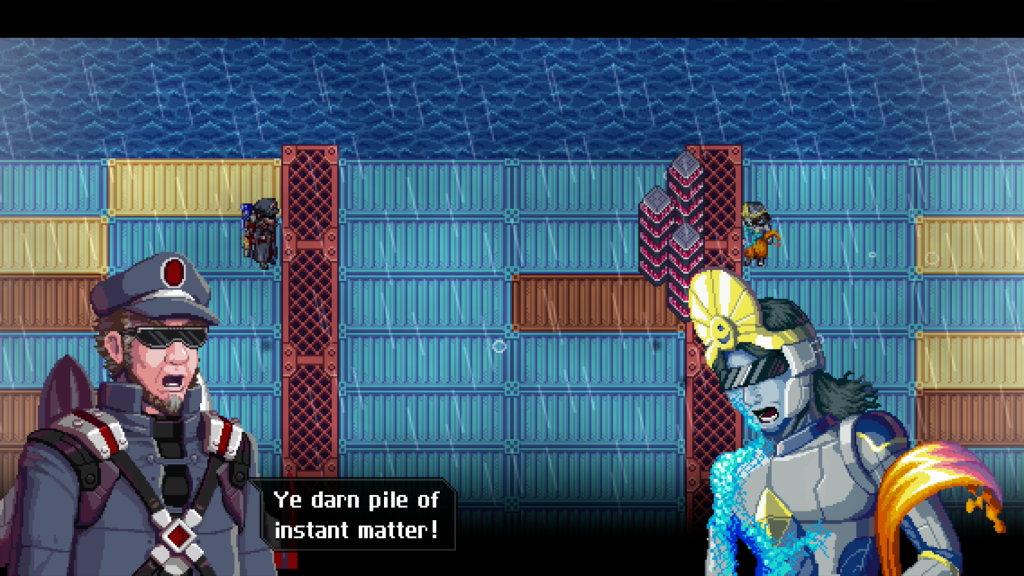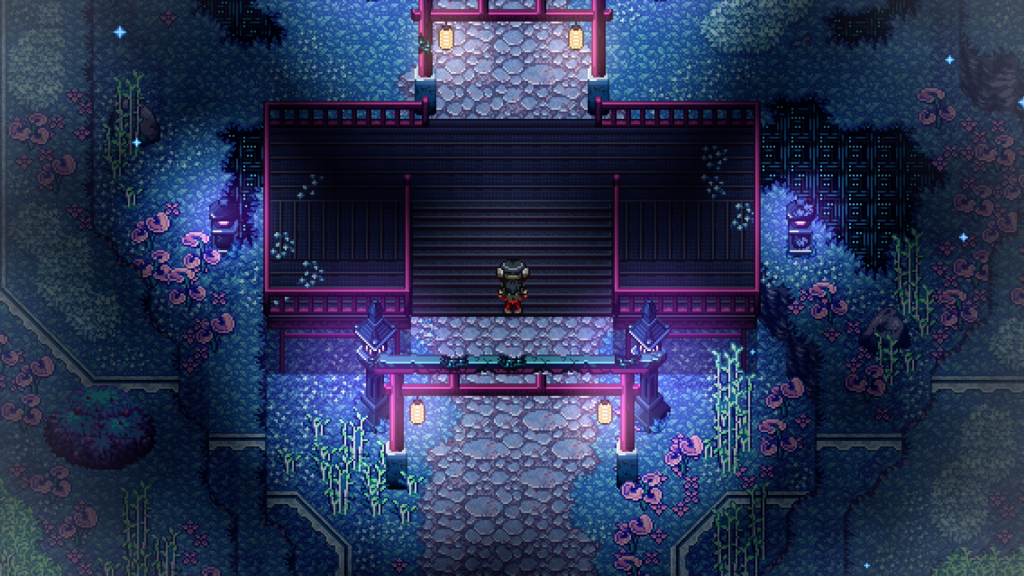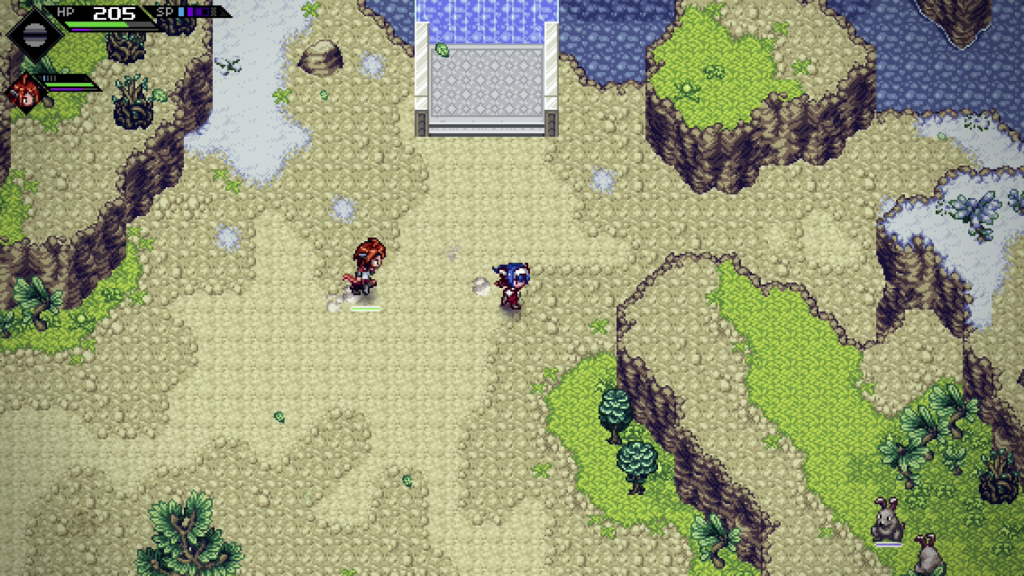One thing I love about smaller games is how much fun they can be. Even if they’ll never reach the heights of The Last of Us Part II or Final Fantasy VII Remake, they take simple concepts and try to make them as much fun as possible. This is CrossCode’s greatest strength. With stunning pixel art and engaging gameplay, it has the tools needed to succeed, but is it enough to be worth your time?
There is a lot of things going on in CrossCode’s story. There is the core issue regarding Lea losing her memory and getting it back, the MMORPG-esque concept, and the world that came before. All of these elements are explored as you progress, with a lot of the lore being filled in by your usual side quests and optional paths but not unlike titles such as Neptunia, a lot of focus is put on character interactions.

On the surface, you have a fairly simple science fiction story. There are some mysteries to explore and concepts to figure out but the draw isn’t the answers as much as how your dynamic with others play out and the role others play in this world. And, with cities and players running around, there is enough set pieces to make the world feel alive and so much more than your linear rush to the answers to your problem. But, along the way, there are plenty of enemies and problems you need to overcome.
While you’re introduced to the core gameplay mechanics in an extremely slow fashion, they’re surprisingly simple. For attacks, you have melee and shoot, plus a dodge and block. Progressing will unlock various arts (special attacks), various skills to enhance certain play styles, and more. But, in regards to how you play, things remain relatively simple.

For the most part, your goal is to read enemy attacks and punish mistakes. Every enemy has different quirks, like Hillkats (think gopher) are extremely annoying and are best left alone unless they flash red. When this occurs, you can charge a distance shot, stun them, and ideally finish them off. Similar mechanics exist for every enemy, like Hedgehogs (obviously hedgehogs) take less damage when they roll into a ball, Bovine (bull) takes less damage from the front and so forth.
These little changes here and there make combat a bit more dynamic. I can’t just blindly melee every enemy under the sun, sometimes I need to rush, other times dodge, a few times wait and many times tailor my attacks to their weakness, giving the gameplay so much more depth than pushing attack a bunch. As you progress, you’ll gain various items that can be traded for better gear, materials needed to make said gear or cash.

Not only does this barter-based progression system add something else to consider, but it also forces players to pay attention to a wide variety of mechanics. Unfortunately, it’s entirely possible to skip large parts of progression or hit certain points with lackluster gear but this hinges on play style above all else. It also gives anyone looking to explore a bit of a reward.
With alternate paths containing a wide variety of items, additional characters/dialogue, and more, there is a lot to see and do outside of the main path. CrossCode does a good job of motivating you to explore every possibility. A lot of times that won’t happen due to lacking certain items or choosing not to backtrack but you’ll eventually see all the crazy things that await for you in this world. Plus, the art really is inviting enough to get lost in the world.
CrossCode Review – Verdict
Games like CrossCode are fun, not because they’re super challenging or add engaging elements, as much as they’re simple and effective. Fights hinge on whether or not I can dodge an attack and unleash my own. Progression comes down to how many enemies I’ve defeated and the resources collected. It doesn’t matter how simple this stuff is, because CrossCode is just a lot of fun and will be engaging throughout. So, if you’re looking for something to get you through the summer, I strongly suggest giving this game a chance.
[Editor’s Note: CrossCode was reviewed on PS4 platform. The game was provided to us by the publisher for review purposes.]
